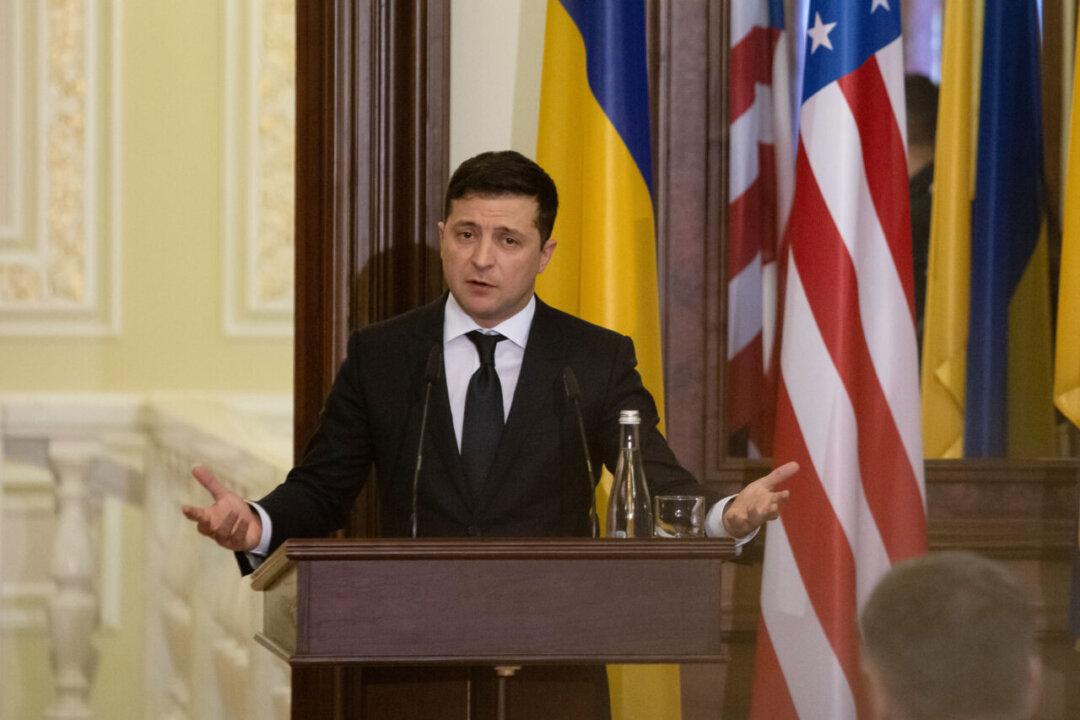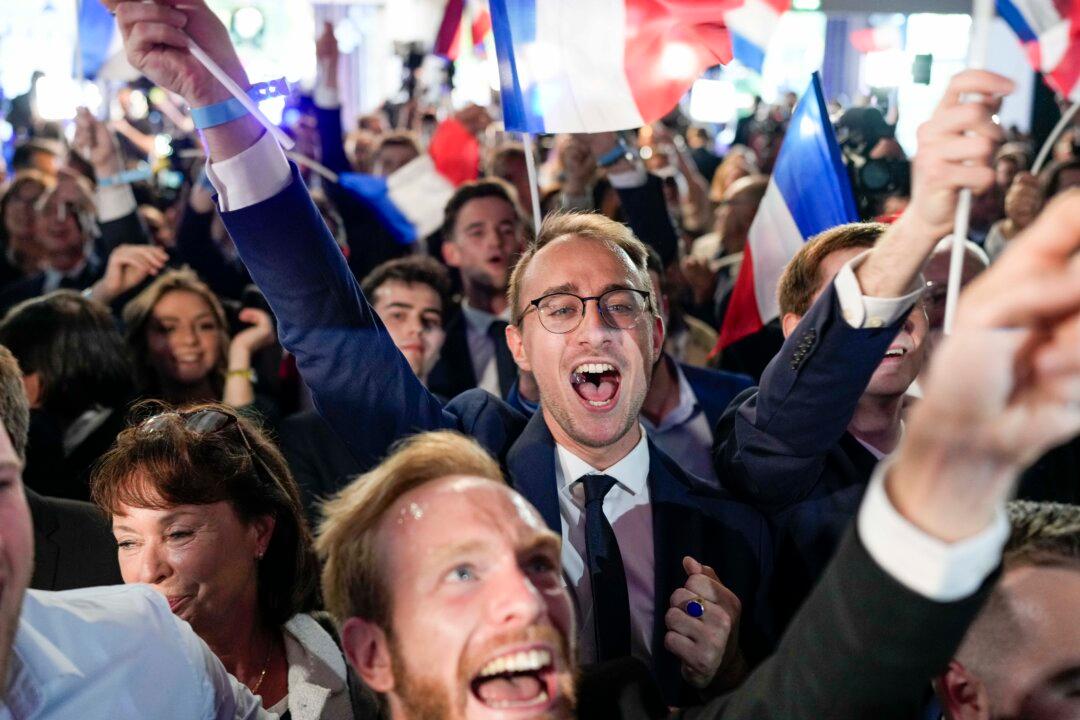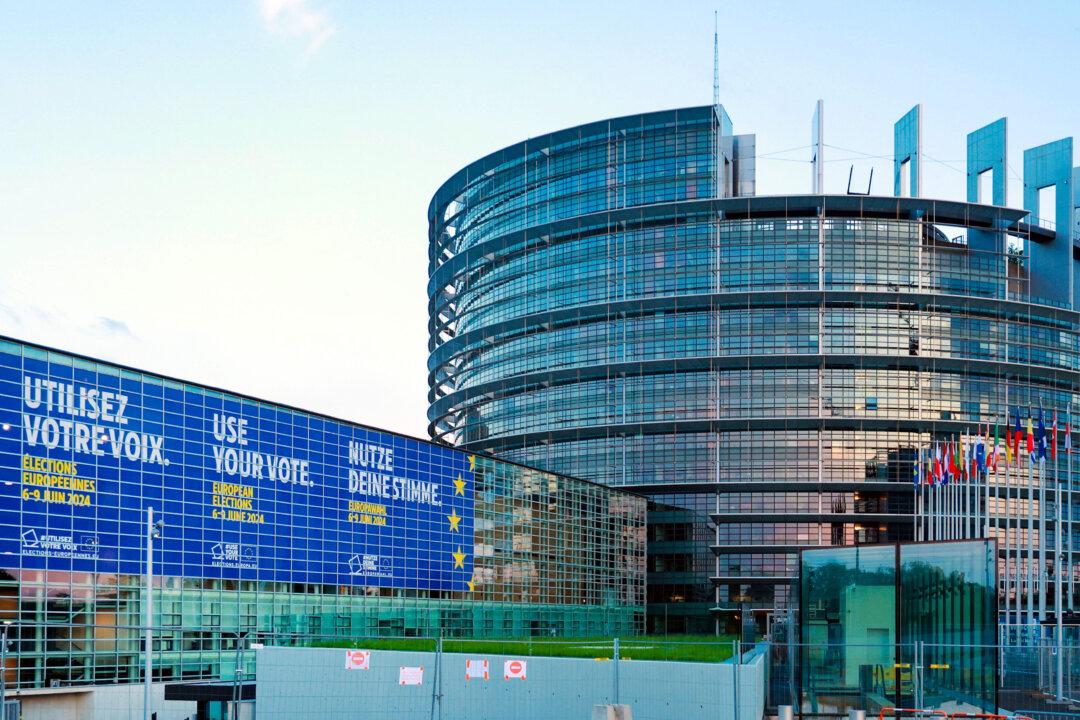One Ukrainian soldier was killed and four others were injured on Feb. 18 when heavy fighting erupted in eastern Ukraine, the country’s military said, as it and Russian-backed separatists blamed each other for the flare-up.
The separatist armed groups opened fire on the positions of two Ukrainian mechanized brigades, according to Ruslan Khomchak, chief of the general staff of the Armed Forces of Ukraine.





